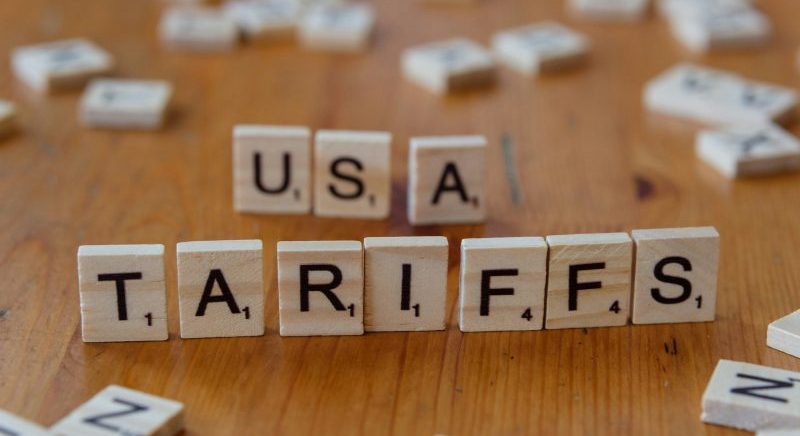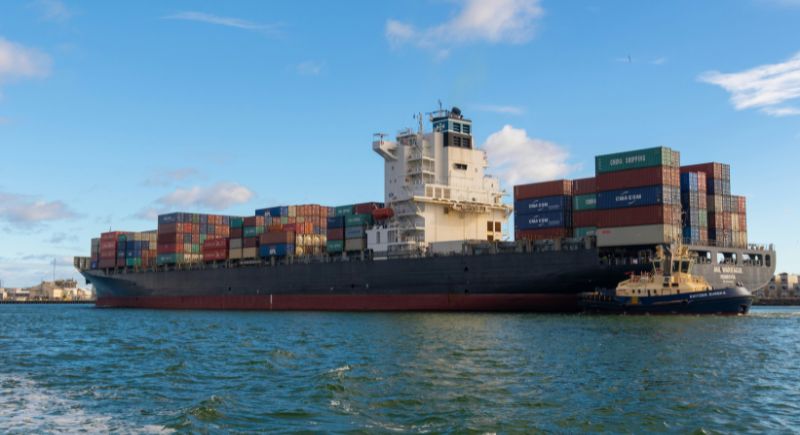This Is How Much Trump’s Tariffs Will Cost Employers
President Donald Trump has made tariffs a cornerstone of his economic strategy. And now, an analysis from the JPMorgan Chase Institute pegs the cost to U.S. employers at a hefty $82.3 billion. That amount lands squarely on mid-size businesses with annual revenues between $10 million and $1 billion, and it hits them where it hurts: payrolls, prices, and profits.
These mid-size businesses include about a third of all private-sector workers in the country. So, while the tariffs might sound like a skirmish between trade negotiators and foreign factories, the fallout lands on companies you know and maybe work for. Retailers, wholesalers, and brands that rely heavily on imported goods are bracing for impact.
JPMorgan Chase data shows the average tariff cost per employee in these companies is $2,080. For firms like apparel, food, and logistics that run tight margins, that’s a hit too big to absorb quietly. They’re either considering layoffs, freezing hiring, or weighing whether to pass the cost on to customers, reduce wages, or swallow some of the expense and accept thinner profits.
Brands Speak Up

Image via Unsplash/Joseph Barrientos
It’s definitely not a straightforward thing for anyone to navigate, not even big brands like Nike. The company said tariffs are set to add $1 billion in costs by the end of fiscal 2026. CFO Matthew Friend called them a “new and meaningful cost headwind.” Nike’s shoes, which used to sell for $120, may now be bumped by ten bucks or more. Clothing and gear are seeing smaller increases, but they add up.
Walmart has signaled much of the same and tells it like it is. CEO Doug McMillon said that price increases are coming, whether anyone likes them or not. The company has always prided itself on everyday low prices, but when suppliers in China, Mexico, and Vietnam face double-digit tariffs, someone has to pay the bill. And that someone isn’t always the supplier.
Then there’s Macy’s, Target, Best Buy, and Columbia Sportswear, all of whom have confirmed selective price increases. They’re calling it “surgical.” But when nearly every aisle in your local department store starts to feel more expensive, it’s not exactly a scalpel job.
Cars, Ketchup, and Cameras

Image via Unsplash/Håkon Sataøen
Automakers are probably the least thrilled.
Ford floated that it would have to bump prices on both gas and electric vehicles. Volkswagen’s import fees are already ticking up. The parts that build American-assembled cars still come from abroad, and tariffs on those components hit the final sticker price hard.
The Center for Automotive Research estimates a 25% tariff on car imports could push manufacturing costs up by $4,000 to $12,000 per vehicle. With math like that, there’s hardly room for generous discounts.
Then we’ve got the small but mighty players: canned food producers like Conagra, power tool brands like Stanley, and the camera folks at Nikon, Canon, and Leica. Materials for tin plates and lens casings now come with higher duties. So, if something as basic as Ketchup gets pricier, your next DSLR might make your wallet wince.
The Jobs Question

Image via Unsplash/Markus Winkler
There’s some irony in the fact that these tariffs were rolled out with the promise of bringing jobs and factories back to American soil.
Trump has said that tariffs will supercharge domestic manufacturing. Theoretically, that’s very true. Some local investments have happened in steel, aluminum, and semiconductor-adjacent industries. But economists say that doesn’t mean the grand industrial rebirth is around the corner.
Nancy Qian, an economics professor at Northwestern, points out that building a factory takes time, money, and trust in a stable policy environment. When tariffs jump around from 30% one month to 145% the next, with 90-day pauses in between, businesses hesitate. You don’t break ground on a new plant if you think the rules might shift halfway through construction.
Wait and Watch
In fact, U.S. Census data shows manufacturing construction dipped slightly in the spring of 2025. Private companies are in a wait-and-see mode, cautious about committing capital when tariff rates change like the weather.
One company, International Recycling Group, even scrapped a $300 million facility planned in Pennsylvania, citing higher development costs fueled in part by tariffs.
While it may seem remiss to complain about tech advancements, automation compounds the uncertainties. Tariffs are designed to boost jobs, but factories built in 2025 don’t look like the bustling assembly lines of decades past. Instead, they have rows of robots humming along efficiently with fewer workers on the floor.
Erin McLaughlin at the Conference Board says it flatly: modern manufacturing doesn’t guarantee a hiring boom. Companies that do move production back home often turn to machines to manage costs.
The Trade-Offs
Even when tariffs do create some jobs, the net impact often falls short. A Federal Reserve study from Trump’s first term found that while tariff protection increased employment in some industries by 0.4%, those gains were wiped out by job losses tied to rising costs (2%) and retaliatory tariffs (1.1%). These factors haven’t changed much this time around.
And about those retaliations: China, for one, has responded in kind. There’s been a tug-of-war on trade terms, with tariffs bouncing between 145% and 30% over the spring. That uncertainty puts pressure on both sides of the Pacific, and it’s U.S. importers who feel the squeeze first.
What Comes Next?

Image via Unsplash/John Simmons
Even with a 90-day tariff pause now in effect for some goods, major brands aren’t waiting around. Shein, Temu, and others that once thrived under the de minimis exemption (which allowed goods under $800 to enter the U.S. tax-free) are raising prices and warning shoppers it won’t stop there.
Nintendo delayed pre-orders, Ferrari bumped model prices by up to 10%, and Hermès confirmed a price hike in May. So far, the inflation story has been slow-burning and steady.
Goldman Sachs estimates that 60% of tariff costs eventually pass through to consumers. The Atlanta Fed pegs that figure closer to 50%, depending on the market’s competitiveness.
The Yale Budget Lab projects tariffs will reduce household purchasing power by about $2,000 annually on average. And the Congressional Budget Office expects a 0.4 percentage point bump in inflation by the end of 2026.
Bottom Line
So what does it all mean? In short, American employers are on the hook for tens of billions in new costs, and many are responding by raising prices, scaling back hiring, or stalling investments. Consumers feel it at checkout, and workers may feel it in paychecks or job listings.
Tariffs might shift trade balances or nudge some companies toward domestic production, but they rarely do it cleanly. They come with a bill, and right now, that bill is $82.3 billion strong and counting.